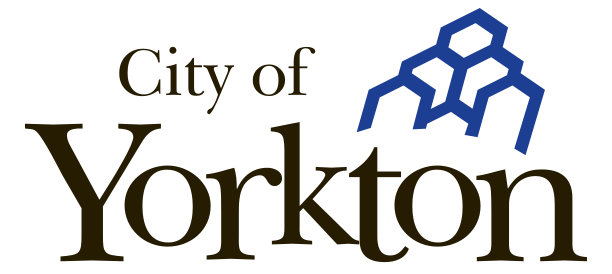Dutch Elm Disease
Elm trees, branches, and firewood attract insects that spread Dutch elm disease (DED), a rapidly spreading illness that kills elm trees. Recently, Yorkton has confirmed several positive cases of DED. To combat this, the City's aggressive DED Response Plan involved immediate removal and disposal of infected trees at the City Landfill. Surveillance and testing of symptomatic elm trees is ongoing throughout the city.
Yorkton's DED Response Plan
- Immediate removal of all positive trees
- Disposal of infected trees at the City landfill
- Sampling of adjacent trees
- Surveillance and testing of private and public trees in surrounding areas, with an intensive search for elm material and other sources of infection.
According to The Forest Resource Management Act and the provincial Dutch Elm Disease Regulations (2005), inspectors are authorized to enter private property to inspect for, removal, and sample elm wood. Property owners are required to remove and dispose of infected elm trees as per these regulations.
What is DED?
Dutch elm disease is a serious fungal disease that clogs the water and nutrient conducting systems of elm trees, ultimately causing them to die. Introduced to North America in the 1930s, DED has devastated millions of elm trees across Canada and the United States.
What Does DED Look Like?
Symptoms of DED in American elm trees may appear as early as June. Leaves will start to wilt, turn yellow, curl, and eventually turn brown. Residents noticing these symptoms should complete the online form.
How is DED Spread?
In Saskatchewan, DED is primarily spread by several species of elm bark beetles, which can fly over two kilometers in search of elm trees. The DED fungus produces tiny spores that adhere to the beetles, which then infect other trees. The disease can also spread through root grafts between trees and infected pruning tools.
How Can DED Be Prevented?
Residents can help prevent the spread of DED by:
- Never storing elm wood or branches. Do not buy, take, or burn elm wood.
- Avoid pruning elms during the provincial pruning ban (April 1 to August 31).
- Dispose of elm wood at the City Landfill, not at the compost depot or green bin, and do so immediately, even during the pruning ban.
- Sanitizing tools after working on elm trees.
- Avoid building treehouses in elm trees, as nail and screw holes attract elm bark beetles.
- Reporting dead or dying elm trees or branches to the City.
The most effective management strategy for DED is to not transport or store elm wood. Using elm firewood is illegal and threatens the elms that comprise 25% of our urban forest.
Identifying an Elm Tree
The American elm is identifiable from a distance by its straight trunk that flares at the base, branching into large, ascending limbs that divide into fanning, drooping branchlets, forming a graceful umbrella-shaped crown.
Need Help With Tree Identification?
Request tree assessments and identifications online.
Additional Resources
Contact Us
Recreation and Community Services
Box 400, 455 Broadway Street West, Yorkton
Saskatchewan, Canada, S3N 2W3





